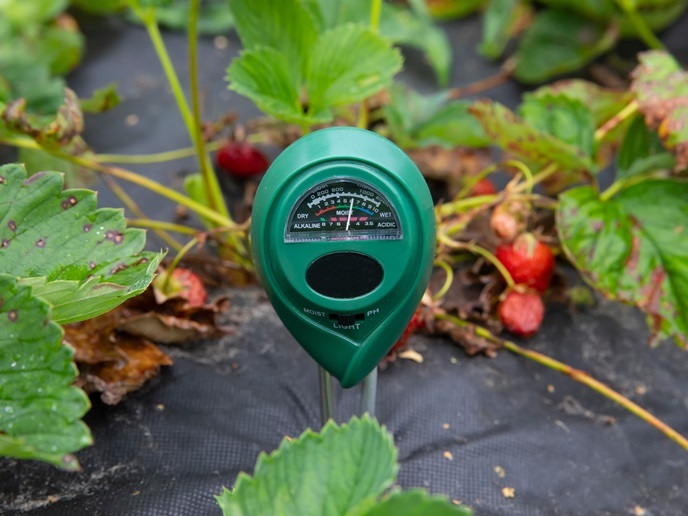Research reveals clues to how hybridisation between species could boost diversity
Earth hosts a bewildering variety of life, from microscopic cold-loving bacteria that live in the deep Antarctic permafrost to sand foxes found on sweltering deserts in Asia. All species are intertwined in a fragile web of life called biodiversity. Understanding how this astonishingly large number of species arises is a major evolutionary puzzle.
Investigating genetic mechanisms that promote speciation
Just as gene mutations and gene flow largely account for the genetic variation within species, speciation – which occurs when a group within a species separates from other members and develops its own unique characteristics – has been sustaining the formation of new species. Despite progress in the field, the genes underlying the process of reproductive isolation and their modes of action remain unknown. Jonna Kulmuni, the coordinator of the SpecIAnt project that received funding from the Marie Skłodowska-Curie Actions programme, revealed clues to elusive genetic mechanisms that promote speciation. “Deeper understanding of how new species arise could enlighten us on what drives species to extinction and how to counteract biodiversity loss,” she notes.
Not all gene flow barriers are stable over time
Kulmuni and her team used mound-building red wood ants as a model system for studying the genomics of speciation and hybridisation. “A decade’s worth of data stemming from population studies on hybrid and parental species shows that natural selection acts differently on males and females. In our study, we identified several candidate genomic regions – barrier loci – that prevent gene flow between diverging species. Unlike previous studies, we tested the stability of these regions over time. Surprisingly, we found that a proportion of these barrier loci are not stable after 10 years: natural selection seems to switch from acting against to favouring introgression, namely gene introduction from one species into the gene pool of another species,” explains Kulmuni.
Finding upends current understanding of genetic diversity
Going a step further, Kulmuni and her team investigated which environmental variables could account for this temporal variation. In particular, they investigated how temperature can shape genetic variation in a hybrid population of two wood ant species – Formica polyctena and Formica aquilonia – using long-term population genetic data spanning 14 years. “We found that the frequencies of both parental-like alleles in the hybrid population varied with temperature over time in males but not in females,” notes Kulmuni. Natural selection favours genetic variants in the northern-most parental species in cold years, whereas alleles from the southern-most parental species have higher frequencies in warm years. “Surprisingly, natural selection runs counter to our expectations, favouring introgression in males. Hybridisation can lead to sex-specific outcomes that depend on ecological factors,” notes Kulmuni. As reported(opens in new window) in one of the project’s articles, “hybridisation has been previously viewed as a process that counteracts speciation. However, our results suggest that hybridisation could boost biodiversity: it promotes genetic variation that could help the ants adapt to varying temperatures and cope with extreme weather.”







